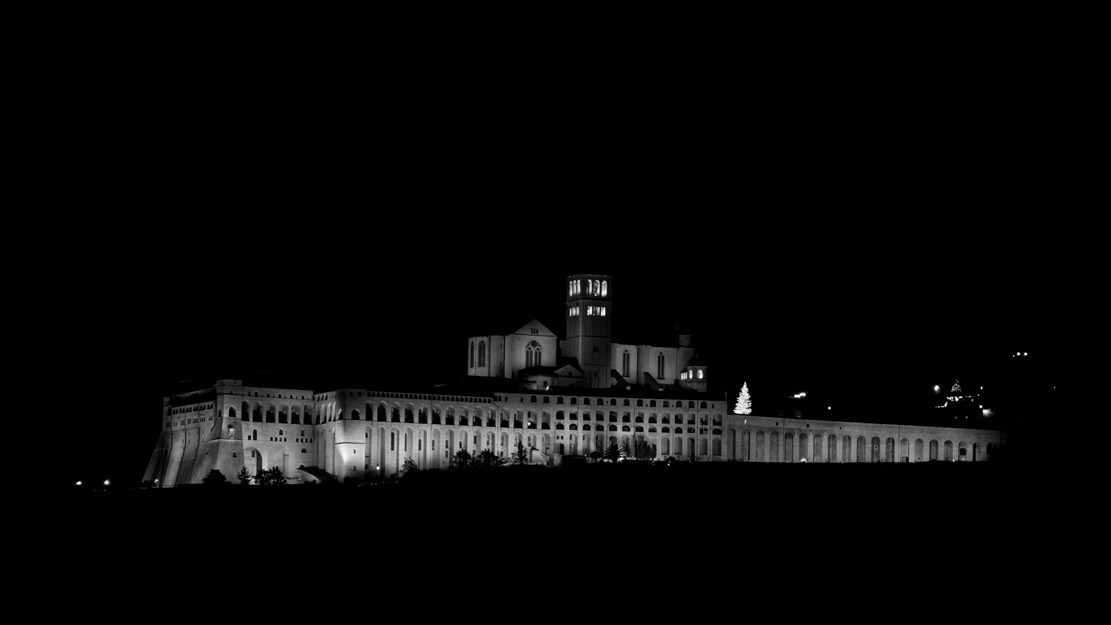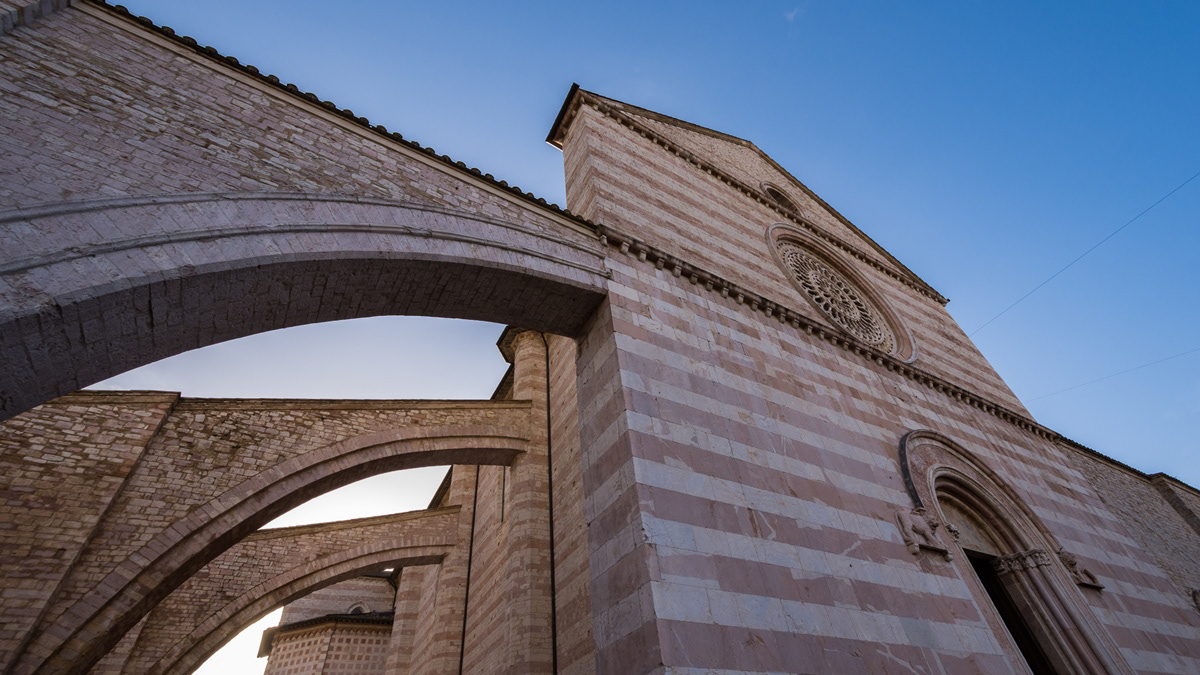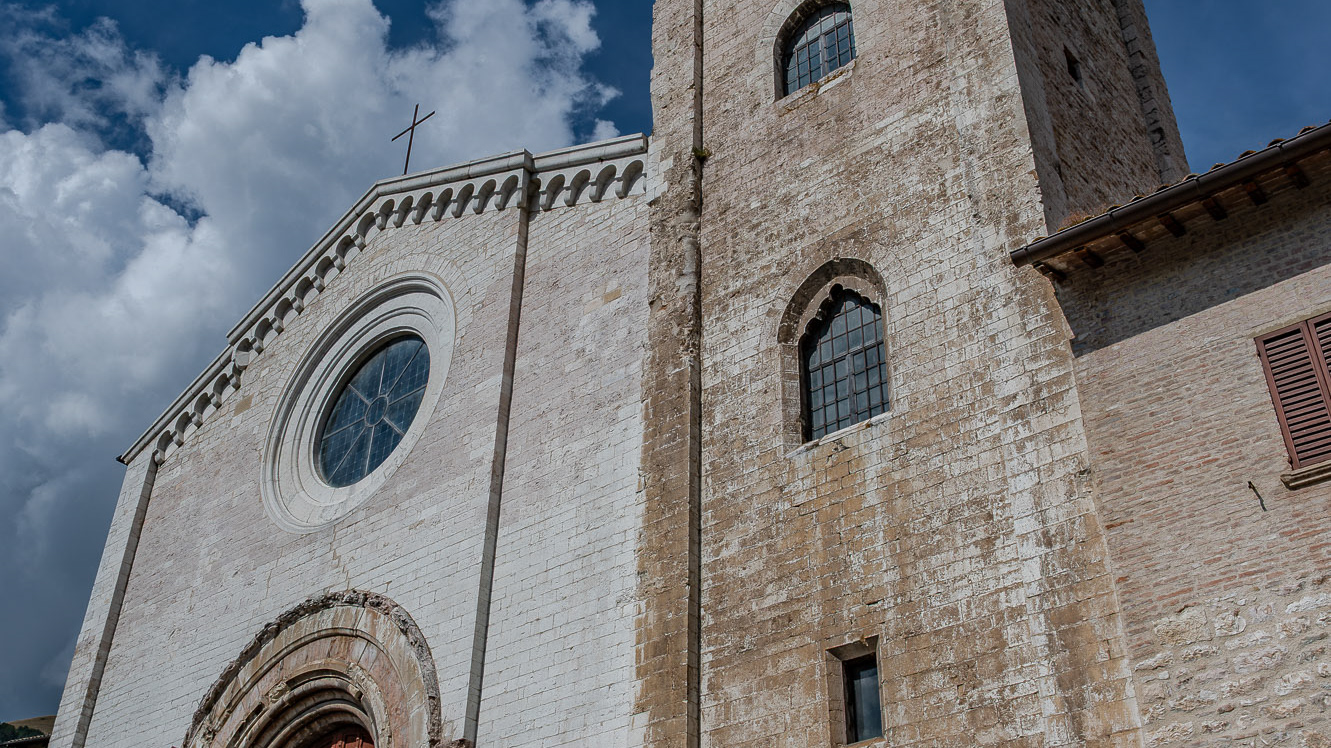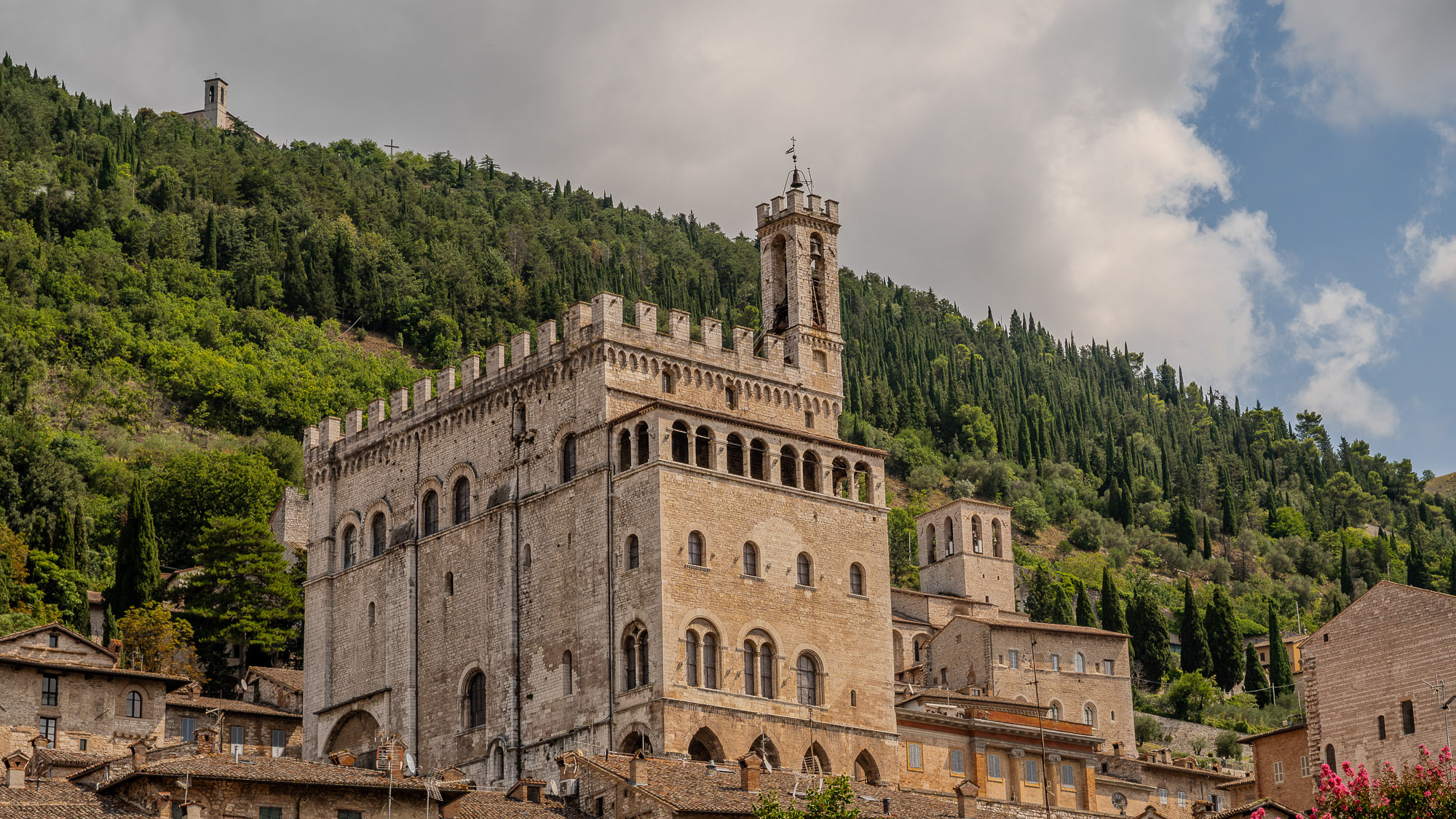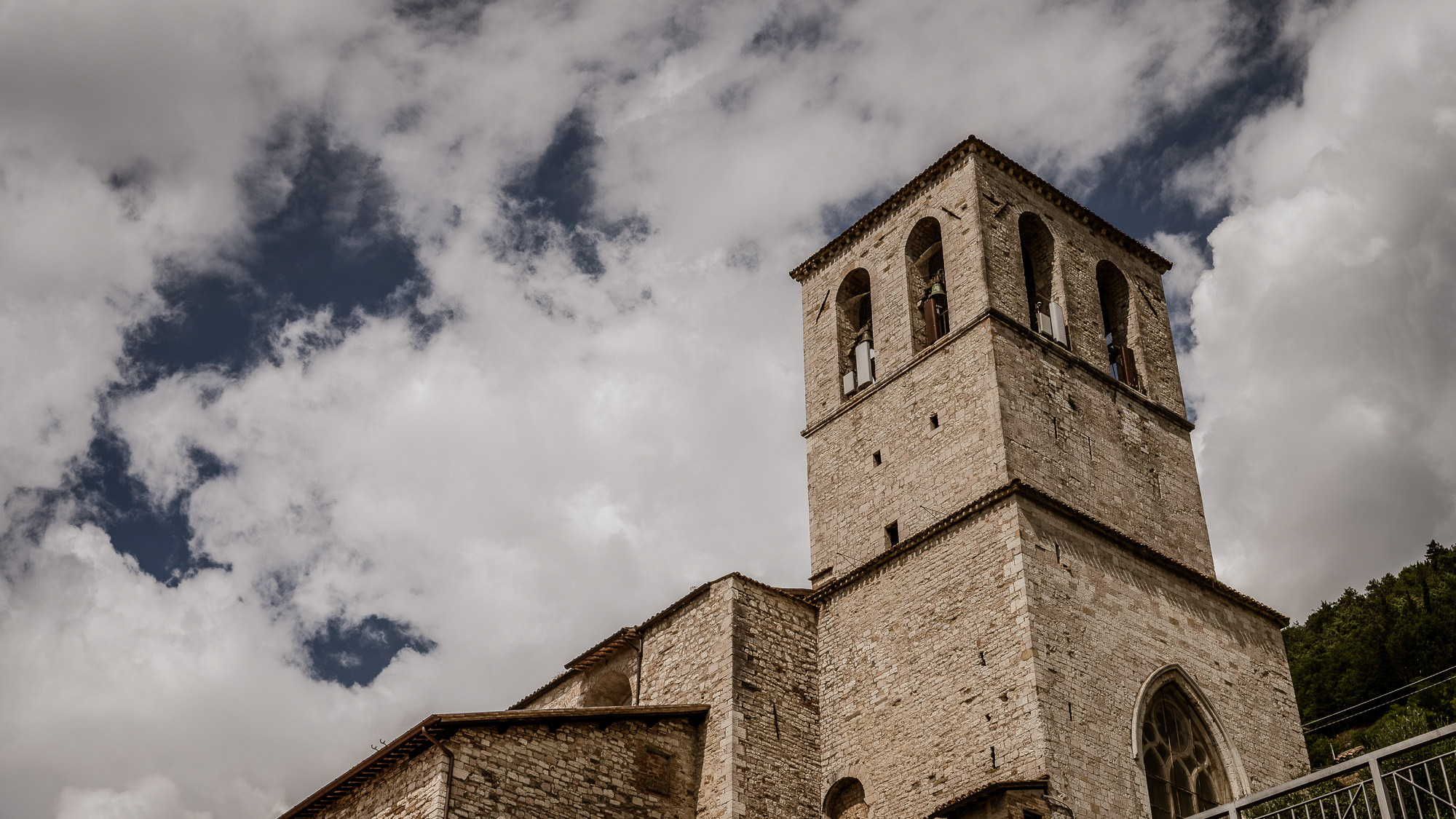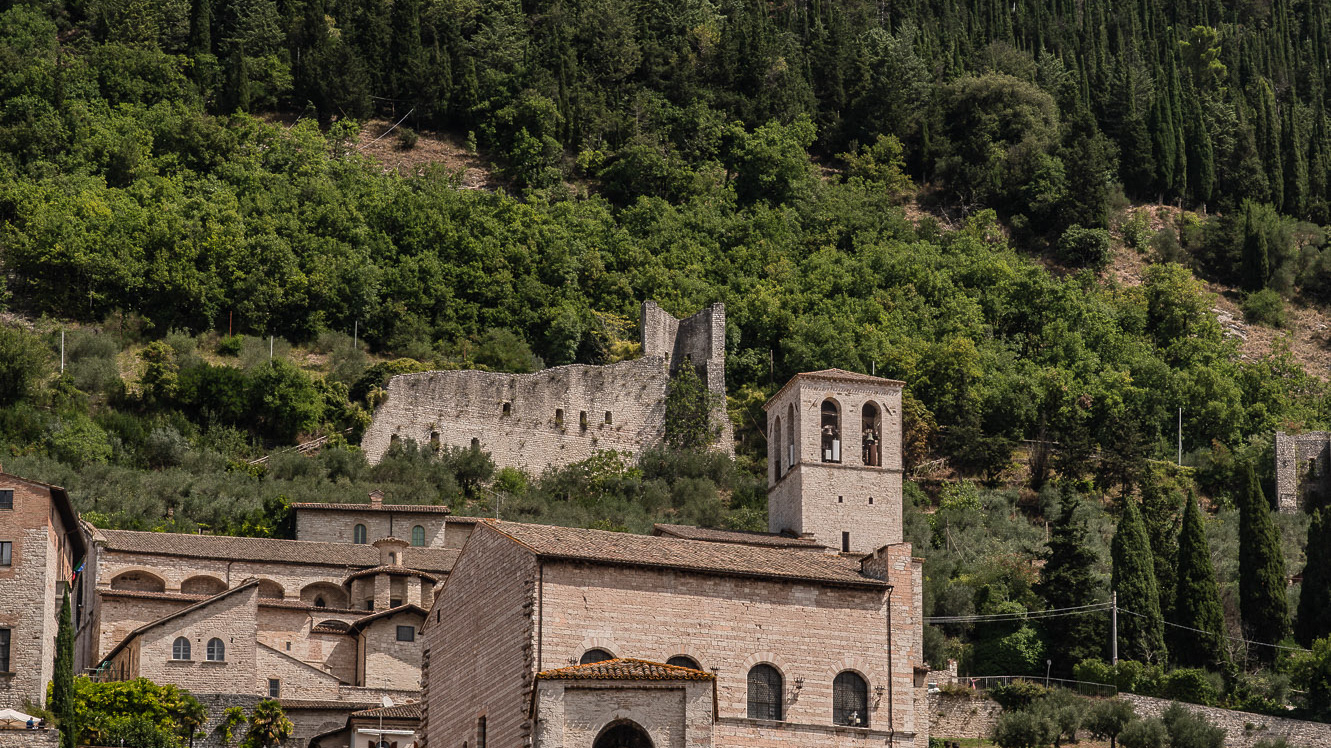Assisi - Cathedral of San Rufino
The Cathedral of San Rufino is the main place of Catholic worship in the city of Assisi, the mother church of the diocese of Assisi-Nocera Umbra-Gualdo Tadino. The church stands in the homonymous square, originally a terrace created in Roman times, perhaps the forum of the Roman city of Asisium. Medieval historians indicate this site as that of a Roman temple dedicated to the Bona Mater. San Pier Damiani wrote how on this site there was a basilica with the remains of San Rufino from 412 and how the bishop Ugone (11th century) was in contrast with the people because he wanted to translate them into the then cathedral of Santa Maria Maggiore, with the victory of the citizens of Assisi. In the feudal city the church of San Rufino was the fulcrum of the "citadel of the canons" and the foundation of the present church probably dates back to the eighth century. It was rebuilt for the first time in larger forms by Hugh himself, who at the end of the title awarded it the title of cathedral in 1036. In 1140 a new reconstruction was started based on a project by Giovanni da Gubbio, which lasted for several decades. In 1210 the Municipality, which used the churchyard for meetings, hoped for a quick completion, because it attributed the bad luck that animated the struggles between the factions to the incomplete building. In 1228 the main altar was consecrated by Pope Gregory IX and in 1253 the entire completed church was consecrated by Innocent IV. In 1571 the interior of the cathedral was renovated according to a design by Galeazzo Alessi, assuming its current shape.
You may also like


